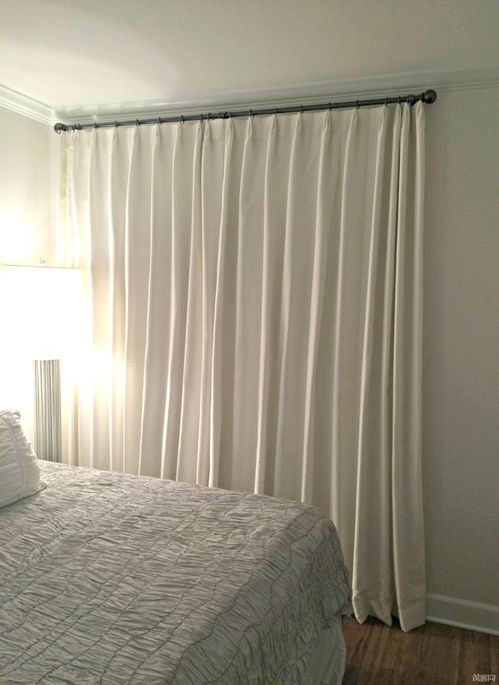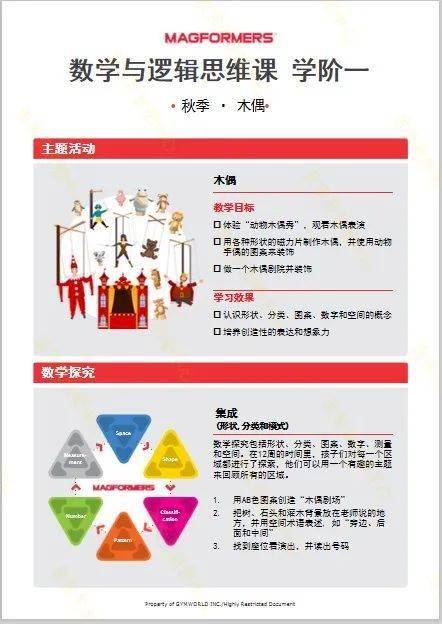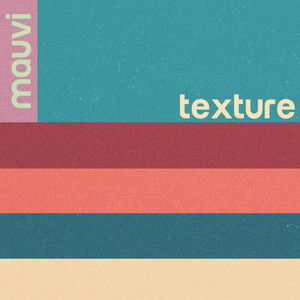Texture Tones: A Comprehensive Guide
Texture tones are a crucial aspect of visual design, influencing the perception and emotional response of viewers. By understanding and utilizing texture tones effectively, you can enhance the aesthetic appeal of your work. In this article, we will delve into the various dimensions of texture tones, exploring their characteristics, applications, and the tools available to create and manipulate them.
Understanding Texture Tones

Texture tones refer to the combination of color and texture that creates a visual pattern. They can be found in various forms, such as natural elements, fabrics, and digital images. Texture tones add depth and interest to a design, making it more engaging and visually appealing.
Texture tones can be categorized into two main types: organic and geometric. Organic textures are derived from natural sources, such as plants, animals, and landscapes. Geometric textures, on the other hand, are composed of geometric shapes and patterns.
Characteristics of Texture Tones

Texture tones possess several key characteristics that contribute to their visual impact:
-
Pattern: Texture tones have a repeating pattern that creates visual interest and adds depth to a design.
-
Contrast: The contrast between the texture and the background can enhance the visual appeal of the design.
-
Scale: The size of the texture tone can affect the overall perception of the design. Larger textures can make a space feel more expansive, while smaller textures can create a sense of intimacy.
-
Color: The color of the texture tone can influence the emotional response of the viewer. Warm colors, such as red and orange, can evoke feelings of warmth and energy, while cool colors, such as blue and green, can create a sense of calm and relaxation.
Applications of Texture Tones

Texture tones have a wide range of applications in various design fields:
-
Graphic Design: Texture tones can be used to create visually appealing logos, brochures, and websites.
-
Interior Design: Texture tones can add warmth and character to a space, enhancing the overall aesthetic.
-
Fashion Design: Texture tones can be used to create unique and eye-catching garments.
-
Product Design: Texture tones can improve the usability and aesthetic appeal of products.
Tools for Creating Texture Tones
There are several tools available to create and manipulate texture tones:
-
Photoshop: Photoshop is a powerful tool for creating and editing texture tones. It offers a wide range of brushes, filters, and layer styles that can be used to create unique textures.
-
-
Procreate: Procreate is a popular app for iPad users, offering a range of brushes and tools for creating texture tones. It is particularly useful for digital artists and illustrators.
-
Adobe Spark: Adobe Spark is a user-friendly app that allows users to create visually appealing designs, including texture tones, without the need for advanced design skills.
Creating Texture Tones
Creating texture tones can be a fun and rewarding process. Here are some steps to help you get started:
-
Choose a source: Decide whether you want to create an organic or geometric texture tone. You can use natural elements, such as leaves or stones, or geometric shapes and patterns.
-
Scan or take a photo: If you are using natural elements, scan or take a photo of the source. If you are using geometric shapes, create the shapes using a design tool.
-
Adjust the color: Use a photo editing tool to adjust the color of the texture tone. You can experiment with different colors to see which one works best for your design.
-
Apply the texture: Use a design tool to apply the texture tone to your design. You can experiment with different layer styles and blending modes to achieve the desired effect.




